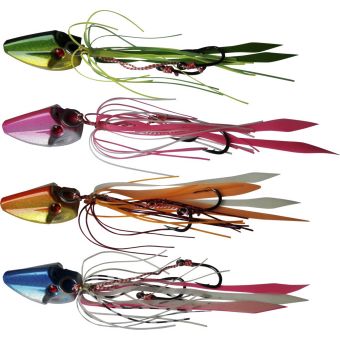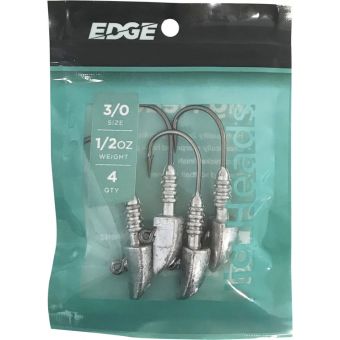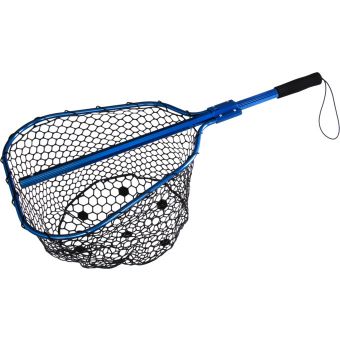Whether you're a seasoned veteran or an inexperienced fisho', you should always be on the hunt for new fishing tips and techniques. From what type of bait to use, to different ways of using the fish, we've got some tips to upgrade your game.
1. Use Softbaits or Lures
Your best chance of catching large snapper are in spring and autumn, the fish are usually feeding aggressively and are packing on condition. Using softbaits or lures to attract these larger fish generally mean hooking them in the mouth or lip, enabling a simplistic release, this also prevents gut hooking smaller fish.


2. Use Recurve Hooks
When bait fishing, use recurve or circle hooks, this increases the rate of lip or mouth hooking and reduces the rate of gut hooking fish. Alternatively, if you prefer beak hooks, we suggest increasing the size to 8/0 or 10/0. This not only decreases the chances of gut hooking smaller fish, but also increases your chance of having a solid hook up on those larger fish.
3. Practice catch and release
Sometimes, it's not all about killing fish, by all means, take home a feed for the family, but sometimes you will get more enjoyment out of catching a fish, grabbing a photo and letting it swim away, particularly if they are a large. If you are catching and releasing fish, make sure they are in good condition and power away, there is no point in catching a PB, leaving it on the deck while you organise yourself, taking a photo and then watching it float or sink away as it is dead. If you are releasing fish, ideally you will just leave them in your rubber landing net, take the hook out and let them swim away. However, if you want to grab a photo, then keep the fish in the water in your net with the hook out of it's mouth while you organise where you want the photo. Then with wet hands, lift the fish into the boat making sure you support the weight carefully, take your photo, then, hold the fish over the side in the water and wait for it to kick away out of your hands.


4. Use a rubber landing net
Technology has come a long way and there is now no need for the old nylon or string landing nets. Rubber nets have a clear advantage, especially when it comes to landing fish, and also releasing fish. Not only do you reduce the time spent trying to get your hooks out of the nylon from the net, but rubber nets also reduce the damage made to the scales and skin of the fish.
5. Utilise the whole fish
Once you have decided you are going to take a fish, look after it, the small bit of prep to dispatch a fish will not only save you time on the other end, but it will also greatly improve the eating quality.
Salt Ice - this is the number one thing you need to bring with you for a days fishing. Salt Ice lasts significantly longer than fresh ice, making a salt ice slurry (using salt ice in combination with salt water from the ocean) chills the fish considerably quicker making for a much better taste and easier fillet job.
Bleeding/Ike jime - Bleeding a fish will remove excess blood increasing the quality and longevity of the fillets. Generally a knife through the brain will instantly kill the fish, then a quick slice through the heart or main artery (for pelagic species) will help to pump the rest of the blood out of the fish. You can also practice the Shinkei Jime method which involves running a wire cord or heavy monofilament line down the spine of the fish, this severs the nerves and again, improves the eating quality and how long the fish will lasts in your fridge.
A sharp filleting knife is vital to ensure you get the best yield from your catch. Carefully running your knife over top of the pin bones and spine results in a better fillet and less wastage. When filleting the fish, try to leave the gut cavity intact to avoid any contamination of the fillets, this will make them last longer. Remove the wings and head, both have a lot of meat on them and are perfect for the smoker, baked in the oven or utilised as fish soup or stock.
If you aren't going to use the heads and frames, there are people who will. Keep them on ice and advertise them for free in your local area Facebook groups or on https://www.freefishheads.co.nz/,
Do you have any questions?
Please, contact our friendly team on 0800 102041 or email: website@burnsco.co.nz
We provide general information on products, not personal advice. Always seek the help of a relevant tradesperson if you have a technical query.



















